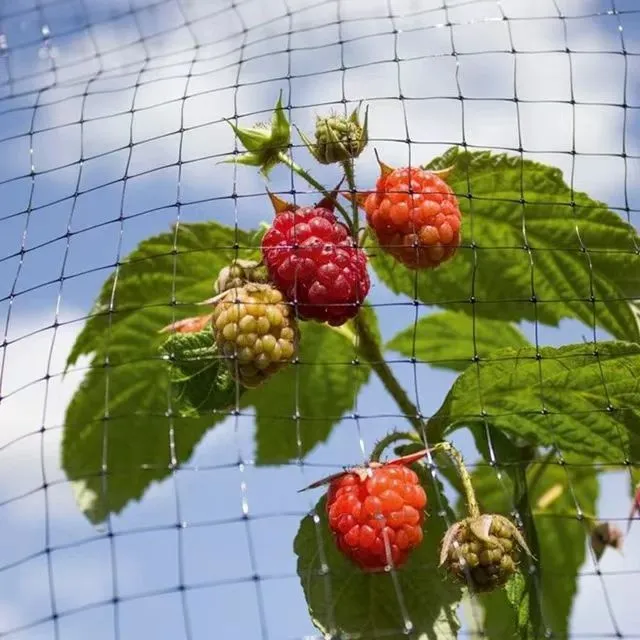-
 Afrikaans
Afrikaans -
 Albanian
Albanian -
 Amharic
Amharic -
 Arabic
Arabic -
 Armenian
Armenian -
 Azerbaijani
Azerbaijani -
 Basque
Basque -
 Belarusian
Belarusian -
 Bengali
Bengali -
 Bosnian
Bosnian -
 Bulgarian
Bulgarian -
 Catalan
Catalan -
 Cebuano
Cebuano -
 China
China -
 Corsican
Corsican -
 Croatian
Croatian -
 Czech
Czech -
 Danish
Danish -
 Dutch
Dutch -
 English
English -
 Esperanto
Esperanto -
 Estonian
Estonian -
 Finnish
Finnish -
 French
French -
 Frisian
Frisian -
 Galician
Galician -
 Georgian
Georgian -
 German
German -
 Greek
Greek -
 Gujarati
Gujarati -
 Haitian Creole
Haitian Creole -
 hausa
hausa -
 hawaiian
hawaiian -
 Hebrew
Hebrew -
 Hindi
Hindi -
 Miao
Miao -
 Hungarian
Hungarian -
 Icelandic
Icelandic -
 igbo
igbo -
 Indonesian
Indonesian -
 irish
irish -
 Italian
Italian -
 Japanese
Japanese -
 Javanese
Javanese -
 Kannada
Kannada -
 kazakh
kazakh -
 Khmer
Khmer -
 Rwandese
Rwandese -
 Korean
Korean -
 Kurdish
Kurdish -
 Kyrgyz
Kyrgyz -
 Lao
Lao -
 Latin
Latin -
 Latvian
Latvian -
 Lithuanian
Lithuanian -
 Luxembourgish
Luxembourgish -
 Macedonian
Macedonian -
 Malgashi
Malgashi -
 Malay
Malay -
 Malayalam
Malayalam -
 Maltese
Maltese -
 Maori
Maori -
 Marathi
Marathi -
 Mongolian
Mongolian -
 Myanmar
Myanmar -
 Nepali
Nepali -
 Norwegian
Norwegian -
 Norwegian
Norwegian -
 Occitan
Occitan -
 Pashto
Pashto -
 Persian
Persian -
 Polish
Polish -
 Portuguese
Portuguese -
 Punjabi
Punjabi -
 Romanian
Romanian -
 Russian
Russian -
 Samoan
Samoan -
 Scottish Gaelic
Scottish Gaelic -
 Serbian
Serbian -
 Sesotho
Sesotho -
 Shona
Shona -
 Sindhi
Sindhi -
 Sinhala
Sinhala -
 Slovak
Slovak -
 Slovenian
Slovenian -
 Somali
Somali -
 Spanish
Spanish -
 Sundanese
Sundanese -
 Swahili
Swahili -
 Swedish
Swedish -
 Tagalog
Tagalog -
 Tajik
Tajik -
 Tamil
Tamil -
 Tatar
Tatar -
 Telugu
Telugu -
 Thai
Thai -
 Turkish
Turkish -
 Turkmen
Turkmen -
 Ukrainian
Ukrainian -
 Urdu
Urdu -
 Uighur
Uighur -
 Uzbek
Uzbek -
 Vietnamese
Vietnamese -
 Welsh
Welsh -
 Bantu
Bantu -
 Yiddish
Yiddish -
 Yoruba
Yoruba -
 Zulu
Zulu
Innovative Solutions for Vineyard Protection Using Advanced Netting Techniques
Understanding Vine Netting Benefits and Applications
Vine netting, also known as vineyard netting, is a specialized agricultural mesh used primarily in viticulture to protect grape plants from a variety of threats. As the demand for high-quality grapes and wines continues to grow, vineyard owners are increasingly turning to vine netting as a key component in their cultivation practices. This article delves into the importance of vine netting, its benefits, and its various applications within the context of modern viticulture.
What is Vine Netting?
Vine netting is typically made from durable materials, such as polypropylene or polyethylene, which offer a combination of flexibility and strength. The netting features small mesh sizes designed to safeguard plants without obstructing sunlight and rain, both of which are essential for healthy vine growth. Installed over or around grapevines, this netting can protect against a variety of adversarial elements, including birds, insects, and harsh weather conditions.
Benefits of Vine Netting
1. Bird Protection One of the primary advantages of vine netting is its effectiveness in deterring birds. Grapes are a popular food source for many bird species, which can devastate vineyards if not properly managed. By covering the vines with netting, growers can significantly reduce crop loss due to avian feeding, preserving both yield and quality.
2. Insect Control Vine netting can also help protect grapevines from various pests, including aphids and leafhoppers. By creating a physical barrier, netting reduces the likelihood of insect infestations, thus minimizing the need for chemical pesticides. This is particularly beneficial for organic growers aiming to limit their environmental impact.
3. Weather Protection Extreme weather events can pose a considerable threat to grape production. Heavy rain, hail, and strong winds can damage delicate grape clusters, leading to significant losses in both quantity and quality. Vine netting provides a protective layer against these environmental challenges, helping to maintain the integrity of the fruit.
vine netting

4. Reduced Labor Costs Implementing vine netting can lead to lower labor costs over time. With fewer pests and less damage from birds and weather, vineyard managers can reduce the time and resources spent on pest control, crop monitoring, and damage mitigation efforts.
5. Improved Quality of Grapes By protecting the grapes throughout their growth cycle, vine netting contributes to the production of higher-quality fruit. This is essential for winemakers, as the quality of the grapes directly influences the flavor, aroma, and overall excellence of the wine produced.
Applications of Vine Netting
While vine netting is most commonly associated with grape cultivation, its applications extend to various other aspects of agriculture. For instance, it can be used in the cultivation of other fruits, such as berries and cherries, which also attract birds and pests. Additionally, in a more general horticultural context, vine netting can provide support to climbing plants and protect young saplings from environmental stresses.
For effective use, vineyard owners should consider the specific needs of their crops when selecting netting. Factors such as material strength, mesh size, and installation method are critical in ensuring that the netting serves its protective purpose without adversely affecting the plants' growth.
Conclusion
In summary, vine netting is a vital tool in modern viticulture that offers numerous benefits to grape growers. By providing protection against birds, insects, and harsh weather, it plays a significant role in maintaining the health and productivity of grapevines. Moreover, as sustainable agricultural practices gain traction, the use of vine netting aligns with the goals of reducing chemical inputs and improving the quality of produce. As the wine industry continues to evolve, adopting innovative solutions like vine netting is essential for meeting consumer demands and achieving long-term success in grape production.
-
Shipping Plastic Bags for Every NeedNewsJul.24,2025
-
Safety Netting: Your Shield in ConstructionNewsJul.24,2025
-
Plastic Mesh Netting for Everyday UseNewsJul.24,2025
-
Nylon Netting for Every UseNewsJul.24,2025
-
Mesh Breeder Box for Fish TanksNewsJul.24,2025
-
Expanded Steel Mesh Offers Durable VersatilityNewsJul.24,2025











